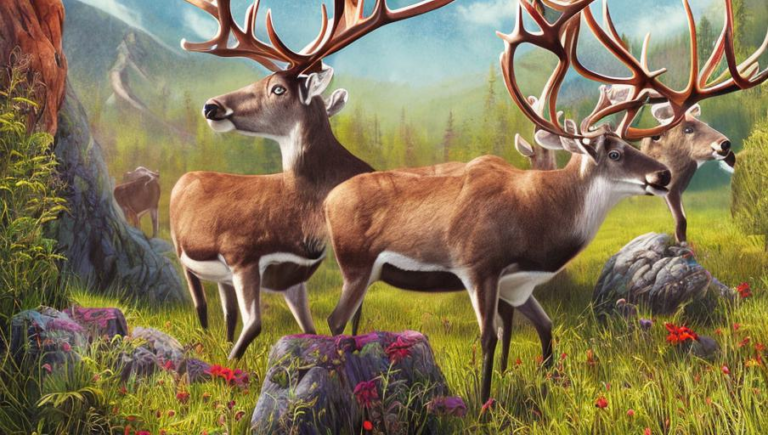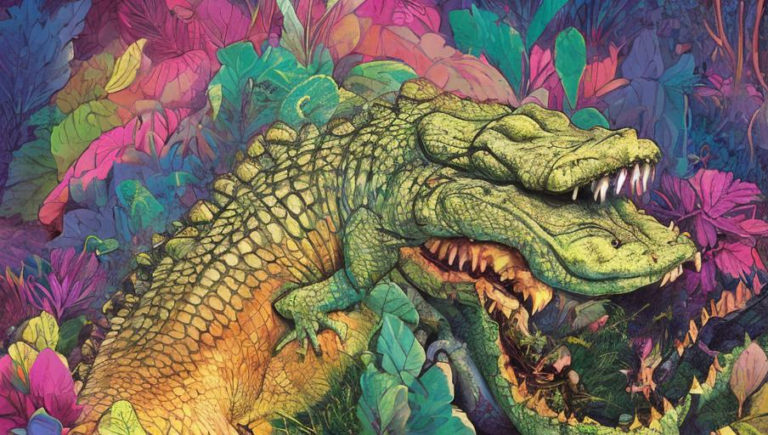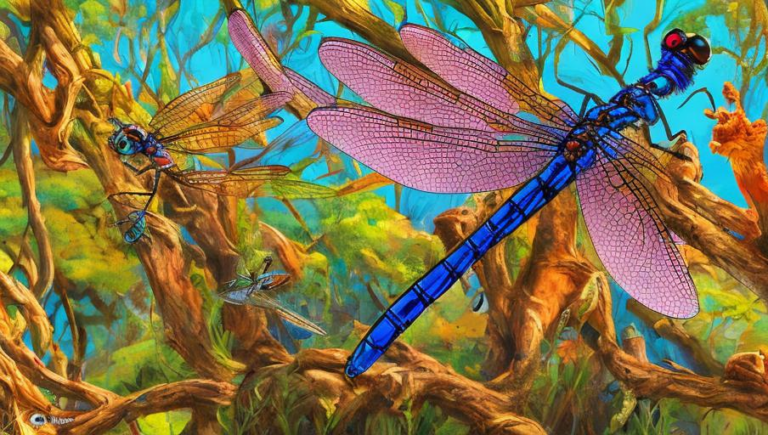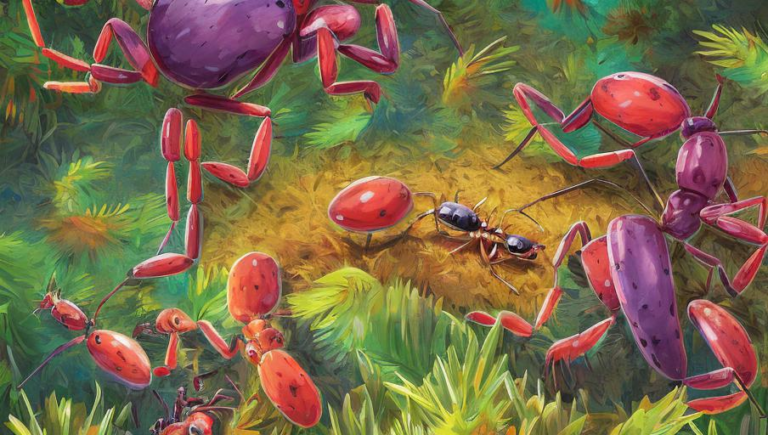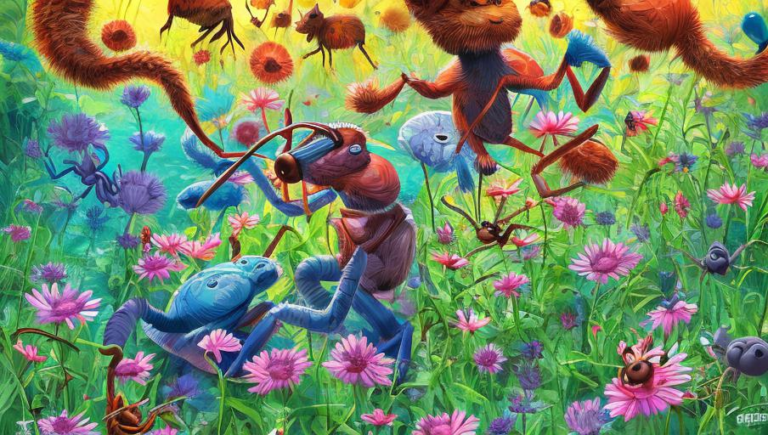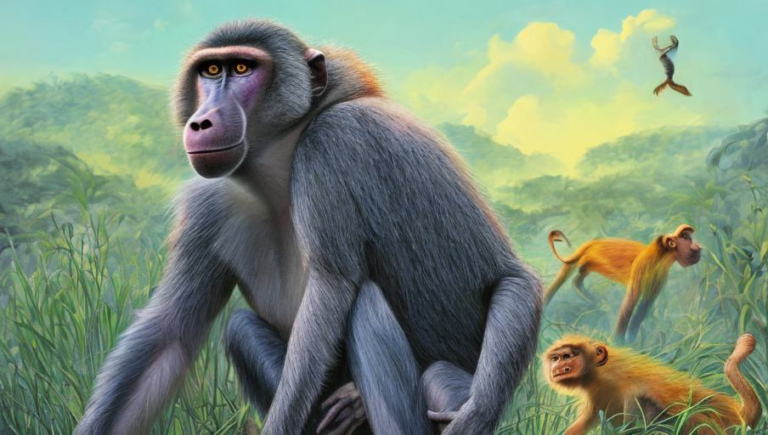Rediscovering the Aardvark’s Nocturnal Habits
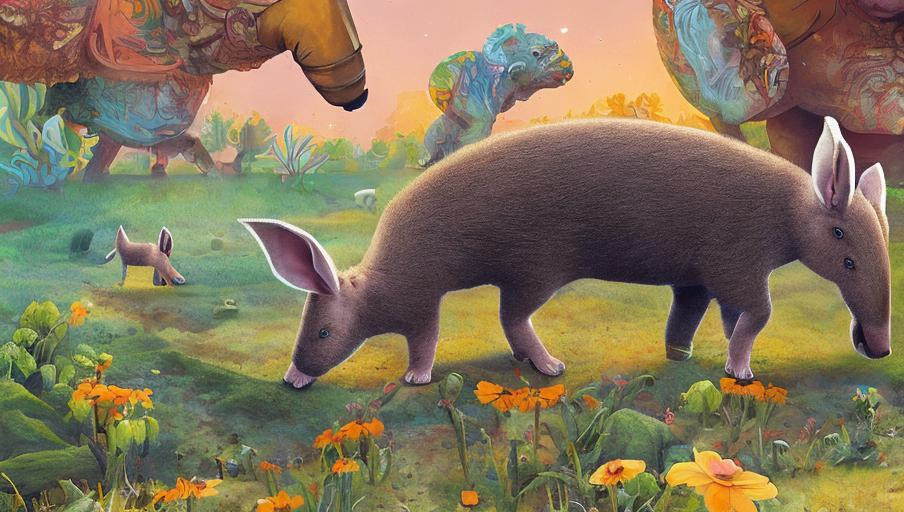
The Nocturnal Aardvark
The aardvark is a nocturnal, burrowing mammal native to Africa. It is the only living species of the Tubulidentata order, which is one of the four orders of African mammals. Aardvarks are about the size of a medium-sized dog, with long ears and a long, tubular snout. They have a thick hide that protects them from the elements and sharp claws on their feet, which they use to dig out their burrows. Aardvarks are omnivorous, eating mostly termites, ants, and other insects, but they will also occasionally eat fruits and vegetables.
Adapting to Life in the Dark
Aardvarks have several adaptations that help them thrive in the dark. For starters, their eyesight is not as well developed as many other animals, but they have an excellent sense of smell. This helps them to locate the insects they feed on. Additionally, their long ears help them to detect the presence of potential predators, and their sharp claws help them to dig quickly and escape danger. They also have a special layer of fat under their skin that helps to insulate them from the cold, allowing them to remain active even during colder months.
Aardvarks and their Habitats
Aardvarks are found in a variety of African habitats, from savanna grasslands to woodlands. They tend to prefer dry, open areas, but they can also be found in areas of dense vegetation. Aardvarks are solitary animals, but they are also social and will form small groups when the food supply is plentiful. Aardvarks are typically found alone, but they can also be found in pairs or small family groups.
Threats to the Aardvark Population
The aardvark population has been declining in recent years due to a variety of threats. These include habitat loss, hunting, and disease. In addition, the aardvark is a target of the bushmeat trade, which is the commercial hunting and trading of wild animals for their meat. Conservation efforts are underway to help protect the aardvark and its habitats, but more work needs to be done to ensure the species’ long-term survival.
The Aardvark’s Place in the World
The aardvark is an important species in many African ecosystems, as they help to regulate the populations of ants and other insects. In addition, their burrows provide shelter to a variety of other animals, including snakes, lizards, and small mammals. As such, the aardvark plays an important role in maintaining the balance of the African savanna. Despite the challenges it faces, the aardvark continues to be a valuable member of the African wildlife.
Conclusion
The aardvark is a fascinating creature that has adapted to life in the dark. Its nocturnal habits and its importance in African ecosystems make it a species worth protecting and preserving. With the help of conservation efforts, the aardvark can continue to thrive and thrive in the African savanna.
